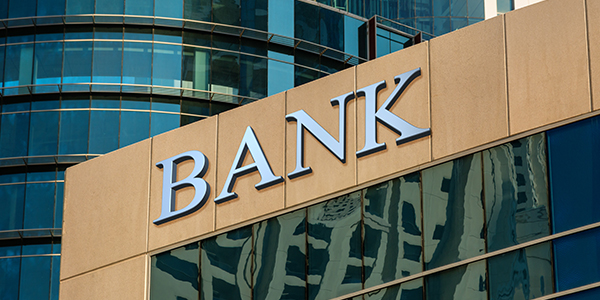What to Expect from Texas Banks in The Wake of Harvey's Devastating Blow

|
|
As the clean-up begins in earnest after Hurricane Harvey, the storm’s financial impact inevitably comes to mind. Customers have loans and deposits with banks in the region, and they may worry about the safety and soundness of those institutions in Harvey’s wake. On the flip side, banks may be worried about the ability of their customers to pay them back, given the financial distress they’re suffering.
So today, I’ll talk about the impact Hurricane Katrina had on Louisiana-based banks after it struck the region in 2005. Then I’ll take a look at the current banking situation in Texas and discuss possible financial effects of Hurricane Harvey.
Three patterns stand out from my analysis of historical bank data:
Pattern number one: Non-performing loans (loans past-due 90 days or more) at Louisiana-based banks surged by a whopping 49% in Q4 2005, one quarter after the hurricane. The total amount of loans past due at least 90 days went from $186.6 million in Q3 2005 to $278.1 million Q4 2005. The red line in the graph below depicts the change experienced by Louisiana banks, and it corresponds to the scale on the right in millions of dollars.
Compared to what the entire banking industry (blue line) was experiencing at the time, this was a major relative uptick in missed loan payments. With New Orleans and surrounding areas underwater for quite some time, Katrina left many residents without homes or work, leaving them unable to meet financial obligations. It should be briefly noted that Louisiana was experiencing an uptick in non-performing loans in the previous quarter, even as the rest of the country was seeing declines.

Pattern number two: Bank profits plummeted immediately in the quarter Katrina struck. Indeed, losses can show up on financial statements much quicker than delinquent loans, and they certainly did in Q3 2005.
Specifically, net income of Louisiana-based banks dropped to $441.6 million in Q3 2005 from $804.6 million in the prior quarter. A 45.1% decline for the quarter, despite two normal trading months, is incredible. Yet banks recovered quickly, and by the first quarter of 2006, profits had returned to more normal levels.

Pattern number three: While examining the data, I discovered that there was an increase in deposits received by Louisiana-based banks, which was a bit surprising. It appears that people chose to save whatever cash they had, and resolve the unpaid loan issues later. Louisiana bank deposits grew by 10% in the quarter following Hurricane Katrina, while the industry recorded only a 2.6% increase.

So, these were the banking patterns in Louisiana after Hurricane Katrina. Now let’s switch gears to Texas.
Currently, 460 banks call Texas home. That makes the state second only to Illinois, which has 461 banks based there. This is what the Weiss’ Safety Ratings distribution looks like for those 460 Texas banks:

A good majority of them (73.1%) receive an “A” or a “B” safety rating from Weiss, making Texas a relatively safe banking state overall. But the city of Houston alone is home to 19 banks that will have to deal with the brunt of Harvey’s aftermath. I would expect to see some serious interruptions in everyday business for those banks, resulting in monetary losses.
Based on patterns observed from Louisiana banks after Hurricane Katrina, I would predict a similar situation developing with Texas banks. Non-performing loans are likely to rise as people will not be able to work their regular jobs and earn money to meet their financial obligations. Net income will also fall due to lost cash inflow from daily business activities.
Any banking troubles in the state of Texas will get reflected within the next few quarters. But if the trend holds, there shouldn’t be any bank failures due to this — as not a single bank failed in the twelve months following Katrina.
If you do business with any of the affected banks, however, be sure to stay on top of their safety ratings.
Think Safety,
Remi Lukosiunas
Money and Banking Edition, By Remi Lukosiunas, Financial Analyst Remi Lukosiunas, a Financial Analyst, joined Weiss Ratings in 2014 with a financial services background in internal audit and the credit union industry. Remi conducts banking, credit union, insurance and investment research. He has also written extensively on stocks and investing using ratings as a guide. Remi is a graduate of Florida State University with a degree in multinational business. |


